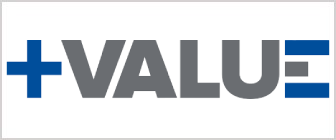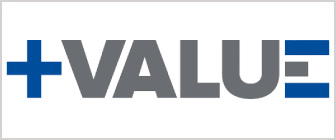Since the early 2000s, Tax Administrations have embarked on a new approach in their relationship with taxpayers, moving away from the old system of confrontation and antagonism. In this previous approach, taxpayers often perceived the Tax Administration as an entity whose sole objective was collection, while the Tax Administration considered that all taxpayers were seeking to evade taxes.
This new relationship paradigm is based on the promotion of cooperative compliance, a concept widely supported by international organizations such as the OECD. Its objective is to improve relations between both parties and guarantee a series of benefits, including the strengthening of legal certainty, the reduction of litigation, a more efficient use of the Tax Administration's resources and an improvement in tax compliance indicators, among others.
The benefits of a Cooperative Compliance Program are, without a doubt, a challenge for any Tax Administration and an aspiration for taxpayers. On the one hand, it would allow the Administration to make a more efficient use of its resources by reducing tax audits in companies participating in the program, while improving tax compliance levels.
From the taxpayers' perspective, this would translate into a reduction of compliance costs by reducing the number of audits they have to face and strengthening legal certainty, since it would reduce the number of years pending audit and, therefore, tax contingencies. This would undoubtedly lead to a reduction in litigation, thanks to the greater predictability in tax treatment and the improvement in the timeliness of the Tax Administration's opinions.
The advantages of a Cooperative Compliance Program are evident for those companies that face almost constant audits and maintain litigation for years. However, at present, having a Cooperative Compliance Program remains more of an aspiration than an attainable goal.
The implementation of such a program is a challenge for the Tax Administration, since it is based on a relationship of trust. This requires abandoning the old approach of antagonism between the parties. It requires a Tax Administration that is willing to respond to binding queries, abandon the model of quasi-permanent audits in certain segments of taxpayers and strengthen a risk management model that allows taxpayers participating in the Cooperative Compliance Program to enjoy the benefits mentioned above.
However, the implementation of such a program is not simple. It involves not only strengthening the relationship with taxpayers, but also with society in general. The program should be of voluntary access, but it should be directed to all taxpayers equally, which may be unrealistic, since complying with the requirements of these programs usually requires significant efforts on the part of the companies. Therefore, it would not be easily accessible to any taxpayer.
The dream and right of any taxpayer, and specifically of large companies, is to have greater legal certainty, to know that the Tax Administration will review their operations in the current year and not have to wait several years with the possibility of a contingency arising. This would undoubtedly provide greater predictability and reduce litigation.
Until the Tax Administration sets as a goal the implementation of a Cooperative Compliance Program that involves society, taxpayers, unions, advisors and other stakeholders, backed by a solid legal framework that guarantees confidentiality, transparency and security, this will remain a dream for taxpayers.
Written by Martin Ramos Chavez, Director of +Value


